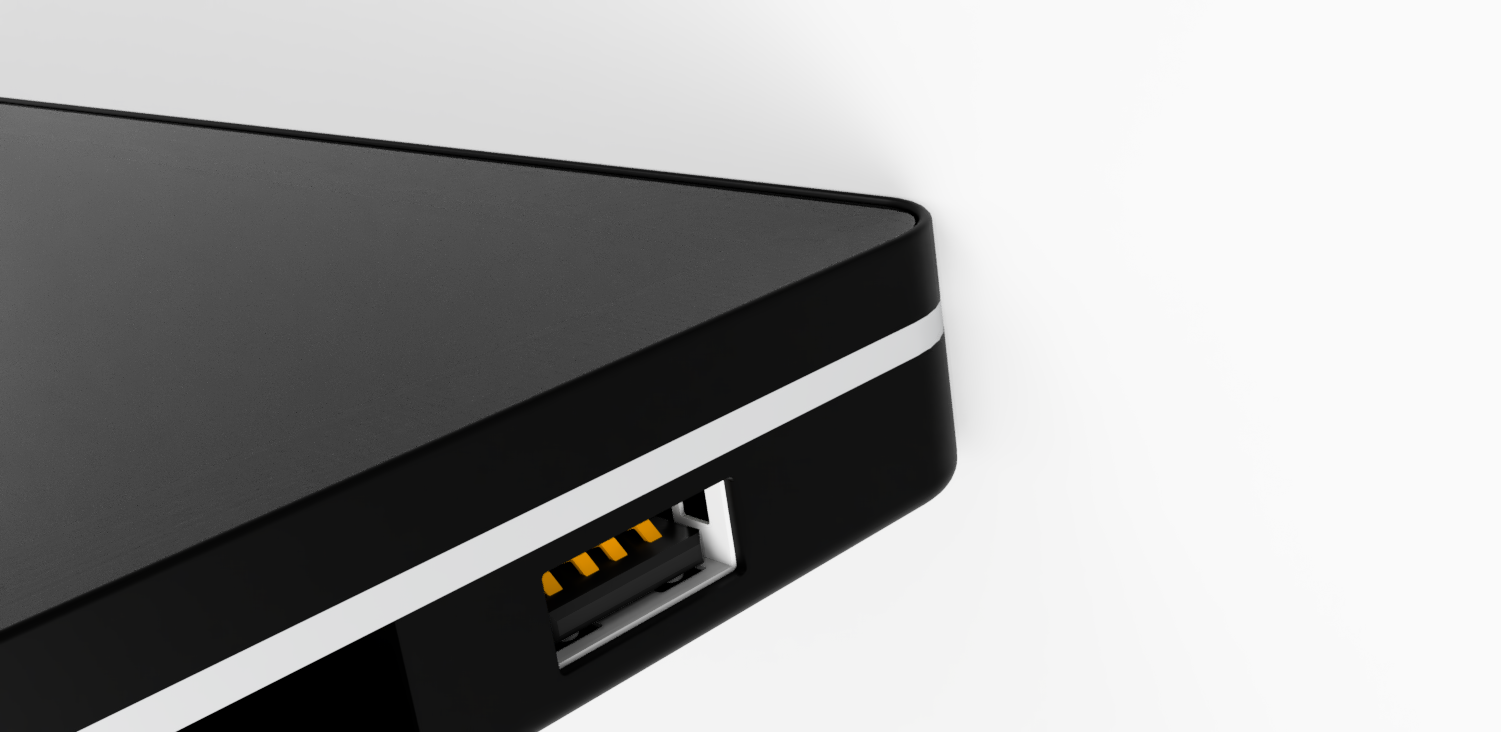I spent the last 3 days re-designing the mechanical design with the learnings from the mockups so far.
This was much faster done than I expected. I think the biggest reason for the speed up was that I just knew what I was going to make, there was no guesswork or long thinking periods necessary, just implementing what was already in my head. Apart from showing you the 'new' Design, with this project log I also want to give you some insight into my process.
I do the mechanical design in Fusion 360 which has great integration into Eagle where I can change PCB designs and they are reflected in Fusion and back. This allows for a really rapid development. It's dreadful that this is not yet possible with Open Source tools but I think the free hobbyist and education licensing for both tools are very liberal considering the industries they reside in. So at least the access is not behind a paywall.
I'm focusing my prototyping on the modular case version as the monolithic case is very user case dependant and actually a lot easier because there is nothing to specify. This is something that may not seem like such a big deal but designing something not only for a single product but also thinking about creating a specification around it can at time be the most time consuming task of this whole project.
Everytime I do something I have to think about in what ways you might want to do it differently and how I can do it in a way that does not inhibit other uses than my own. I probably spent half a day in total on the pinout for the eDP FFC connector, a lot of thought process went into that, what voltages, should I provide, how much current draw should I allow, which extra peripheral could be necessary etc.
This is similar for the mechanical part, albeit a bit easier because there are much less variables to consider.
The peripheral blocks will need a lot of consideration and I don't think what I have now is the final version but it seems like a very sensible first step. Now I have something to test on and see how my assumptions hold up and how versatile the specifications are when I start making more peripherals like a headphone jack or SD card reader.
At the moment a peripheral block has to be 8mm in height, and either of 20mm or 40mm width and be mounted by M2.5 screws. No part of their assembly is allowed to exceed the height limit. You may violate this spec and use a monolithic back plate design with the appropriate cut outs but it would not be compliant with the specs.
This height works well enough for most "legacy" ports ( in the mobile world at least ) like full size HDMI, DisplayPort and USB-A. I want to support these as I see a lot of demand for them for the customer base that I see for DLT.
I also like the idea of having a low profile standard, similar to PCI-e slots. This I see at 5mm at the moment as it would support all peripherals that are being used in the mobile world, that being USB-C, Micro USB, SD card slots and a 3.5mm headphone jack. This will shave of another 3mm which is quite a bit when you are talking about mobile devices.
With the full height standard I'm currently at 16.8mm of total thickness, it's not awesome but I'm still very satisfied given that its a fully modular design, it's a very reasonable thickness not far from 2012 era monolithic hardware and still feels nice in you hands. For low profile this would be 13.8mm which is actually pretty close to even many modern tablets (that are not made by Samsung or Apple). Not that I want to compete with the consumer tablet market but I think a certain drive to "not too thick" is important.
I added a small bezel around the touchscreen to protect the edges and let it protrude a bit over the edge to protect against accidental tablet facepalms.
Here are some quick renderings, I didn't bother to fill up the edges with spacer blocks and only did one of each but you get the gist.
All parts are ordered and should arrive by end of this week or early the week after. If I messed something up that is not fixable by modifying the parts I have about a week to produce them myself 'in house' which gives me a bit of a safety net for the HaD prize deadline.





 timonsku
timonsku
Discussions
Become a Hackaday.io Member
Create an account to leave a comment. Already have an account? Log In.